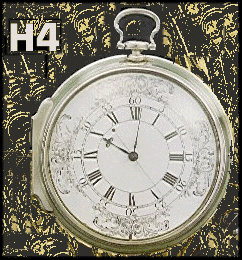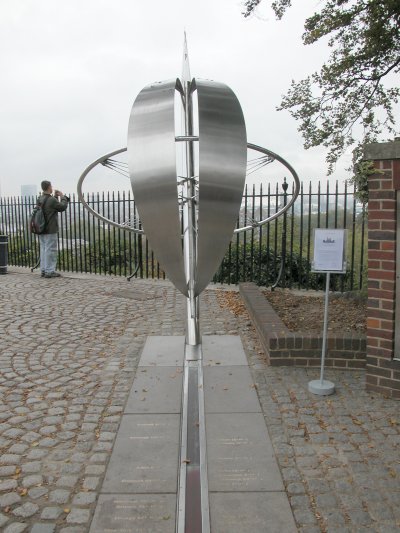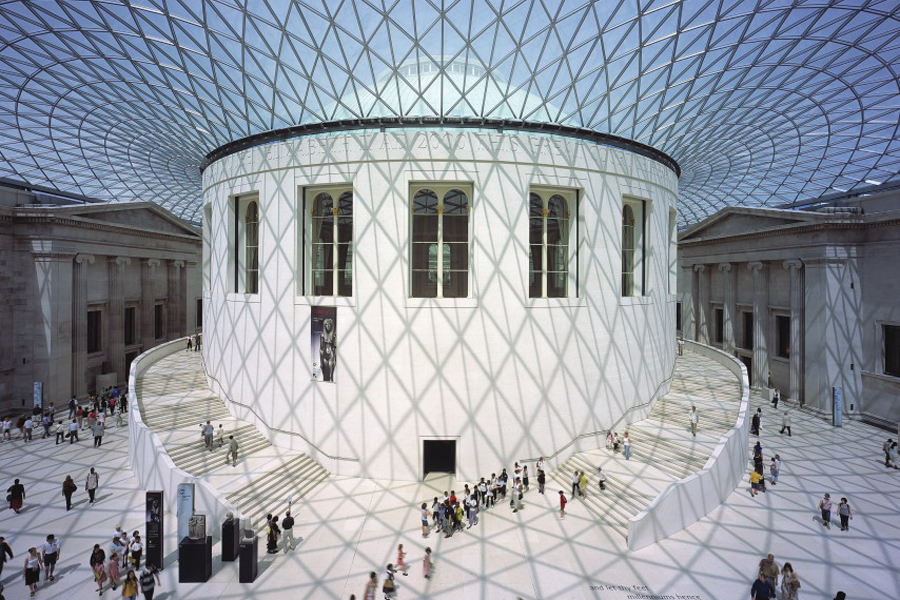Tuesday 3 August 2010
So Long UK !!
King's College Library
Royal Geographical Society

The Royal Geographical Society was a particular treat for me because it related to my paper topic, the collections relating to Shackleton and Scott's expeditions to the Antarctic. The RGS was formed in the 19th century in order to promote exploration and geographical mapping. The current president is Michael Palin, one of the monty pythons he has done many travel documentaries including one in which he traveled around the world in eighty days.
Monday 26 July 2010
Globe Theater

As one of my additional posts I will describe my trip to the Globe theater. I went to see Henry IV-Part I which sounds dry but is really interesting and exciting (it is shakespeare afterall) and apparently is one of the best loved histories. Shakespeare wrote four plays that are sequential, Richard II, the two Henry IV plays, and Henry V which I didn't know. Going to see the play performed as Shakespeare had intended really opened my mind to how the plays were actually supposed to be seen and experienced. The first thing that I noticed was how the audience was actually a direct part of the performance, I was in the standing section (only £5 a ticket) which while difficult on my back occasionally for a three hour play, brought me into the full immersion of the story. This was the original 3D. Forget Avatar. The actors walk among you to get to the stage and there is a ministage inset to the crowd where action also takes place. Second humor plays a much larger part in the telling of the story. While we traditionally break his plays into either tragedy, comedy, or history (and also the so called problem plays and the Tempest described as a romance) so much of what happened even when it was serious elicited laughs. It just shows that people wanted to be entertained and to see a heightened version of reality, and this usually was followed by comedy. I had very dimly heard of the character of Sir John Falstaff but now am fully acquainted with him and the man who played him was brilliant. Now I want to read all of the four sequential plays and see them performed. huzzah!
Sunday 25 July 2010
Dalkeith Dunfermline Scotland Libraries- Part Two

Saturday 24 July 2010
Scotland Libraries - Part One

I am indeed no longer in the nation of Scotland, but back in London. While a part of the country we know as the United Kingdom Scotland from what I saw in four days is distinctly its own nation. Our first visit was to the Scottish National Library where we walked through their various exhibits on Scottish history including an extensive one of that famous Scottish pastime golf. The Scottish landscape is ideal for the game of golf with its vast open spaces.
Then it was on to the Edinburgh Central Library right across the street from the Scottish National Archives. The Edinburgh Central Library is the public lending library for the city of Edinburgh, unlike the Scottish National Library which is a copyright library. The Central Library was funded by Andrew Carnegie and houses both a music library section and a large reading room. The library has branched out to other spaces surrounding the original library in order to accomodate its own growth.
http://www2.muw.edu/~tvelek/EdinburghCastle.jpg
Friday 16 July 2010
Oxford

http://folhasdepapel.files.wordpress.com/2009/10/oxford.jpg
Went to Oxford today by train, starting from Paddington station. Walked around for awhile before taking a tour of the oxford university reading library, both new and old. This image shows the original reading room which we walked through. We looked at an example of the original way books were stored, i.e. chained to the books. The way the books had to be clamped with the chain meant that in order to save space when shelving the books had to be faced with the binding facing towards the bookshelf wall, therefore numbers were written along the pages facing outward, probably easier visualized than explained, but it was interesting nonetheless. We went through a tunnel that connected the old and new library and saw the large conveyor belt that runs all through the underground of the oxford library allowing books to run from one section to the other to fulfill requests. The library does not allow users to take books out and this tradition extends far back. Charles I had an early experience with the limits of monarch power when even he was refused by the librarian to take a book out of the library. He was given some concessions and there remains two cubical walls that run along what are usually open benches where the King could read his books.
Thursday 15 July 2010
V and A

Tuesday 13 July 2010
LONGITUDE

While in Greenwich I stopped over at the Royal Observatory and was able to see the famous Harrison clocks built by John Harrison as part of the race to find longitude. I had read the book Longitude by Dava Sobel as one of my book review choices. It was interesting to actually see the clocks that I had read about. The about image shows H4, the fourth of Harrison's clocks and the most successful at keeping time. The other clock on display looks like a complex steam engine with so many intricate parts (something like 700 individual hand crafted parts on one of the clocks) it's amazing to think that they were built in the 18th century. The chronometers that came of use because of Harrisons efforts allowed for the Royal Navy to use complex and accurate navigational techniques, certainly aiding in the rise of the British Empire. The main problem in determing longitude for all those years was an inability to keep accurate time, which have allowed the charting of location. Harrison's clocks solved that problem.
London Library

Monday 12 July 2010
Prime Meridian

Sunday 11 July 2010
London Museum

Thursday 8 July 2010
DAWN - BRITISH LIBRARY
image: http://jameswwatts.net/iconicbooks/British%20Library%20%27Kings%20Library%27.jpg
Wednesday 7 July 2010
British Museum
 image: http://carpelondinium.files.wordpress.com/2008/07/775561.jpg
image: http://carpelondinium.files.wordpress.com/2008/07/775561.jpgURBAN PLANNING
 image: http://www.knowledgerush.com/wiki_image/2/2e/Barbican-arts-centre-large.jpg
image: http://www.knowledgerush.com/wiki_image/2/2e/Barbican-arts-centre-large.jpgThe Barbican Center is quite a surreal place to take a stroll. The area had been bombed out during the Second World War save for a church that now sits in the middle of the complex. I found it strange walking on the elevated walkway around the new urban complex that an old church was sitting in the middle of the giant courtyard before I was told of the rebuilding. The complex looks a bit like something out of any of the UMASS campuses (sorry anyone not familiar with massachusetts) so I felt a bit at home. The story goes that the whole complex was designed in the 50s, built in the 60s, opened in the 70s, and moved into in the 80s...more or less. At the complex are apartments, an arts center, cinemas, and a library...
The library is one of the main public libraries in the "corporation of london" and no its not a subsidiary of Burger King. They do not have a 'pin drop' approach to noise control which was nice to see and they had a fancy self checkout that allowed a user to place all of the books being checked out at once and a scanner read them automatically like an oyster card. The older cement construction has led to some difficulties with the wifi services as the wifi simply won't go through thick cement walls.
As I said earlier we went to the music library and saw their large collection of CDs and musical scores. In the UK libraries have to wait three months after the release of an album before patrons can check the item out, while they are still free to listen to a copy at the library.
Going to the library and my stay thus far in England has brought the old luddite in me that hopes there is still a place for music libraries where people can congregate and appreciate music together, and not just in their own homes. While the computer has been very useful for the strengthening of music appreciation there are drawbacks. I always find that computer searching allows for 'direct searching' like if I wanted to find 'In your eyes' by peter gabriel it would be quite easy on itunes. Yet a library allows for the randomization of searching, so that while looking for peter gabriel I happen to find a CD or book on world music, taking me in whole new directions.
Tuesday 6 July 2010
Tower NOT London Bridge

then I walked from Barbican to the Tower of London, passing through a little alley at one point where I bought a sandwich at a shop in the alley...and I passed the site of the London stock exchange from th 13th century to the beginning of the 18th, you'd only know because of a small plaque on one of the buildings, probably not going to be on any tour...
spent around three hours a the tower of london, yes I saw the crown jewels. yes I went on the beefeater tour. I even saw a lady beefeater. yes I saw all the armory in the white tower. I also walked on what I can only describe as an archers wall that makes up the perimeter of the wall. What is interesting about the tower of london for me is that you can see the history of england within the actual architecture. The white tower was initially built by William 'the conquerer' after the battle of hastings and all subsequent additions were designed to protect it. Apparently the moat surrounding the castle held all of london's waste and refuge for centuries? gross. and I officially learned that the Tower bridge is the big fancy bridge circa Brooklyn Bridge and not the london bridge which is basically just some bridge. I also walked half way across the Tower bridge which was pretty cool, i'd still like to see it lit up at night.
Monday 5 July 2010
St. Paul's Cathedral


